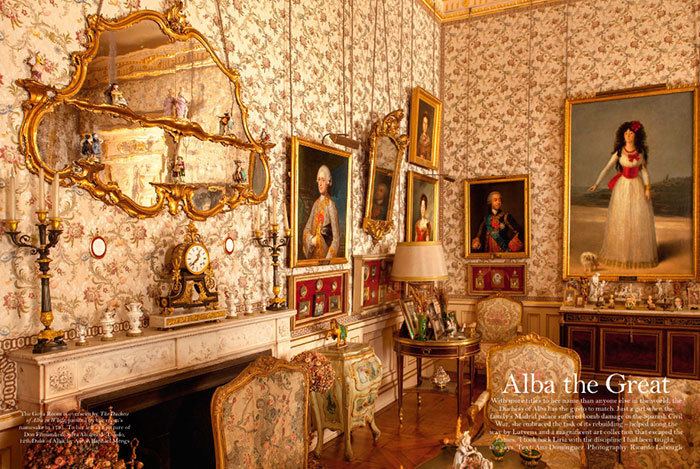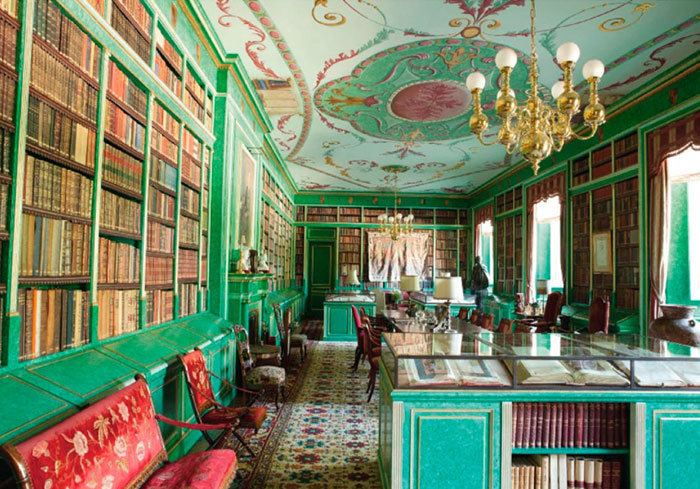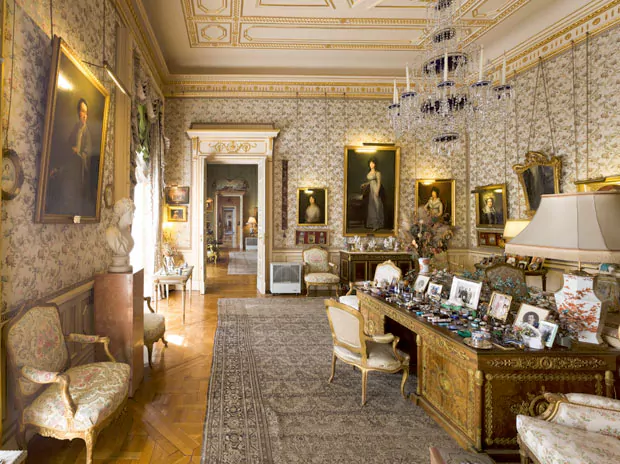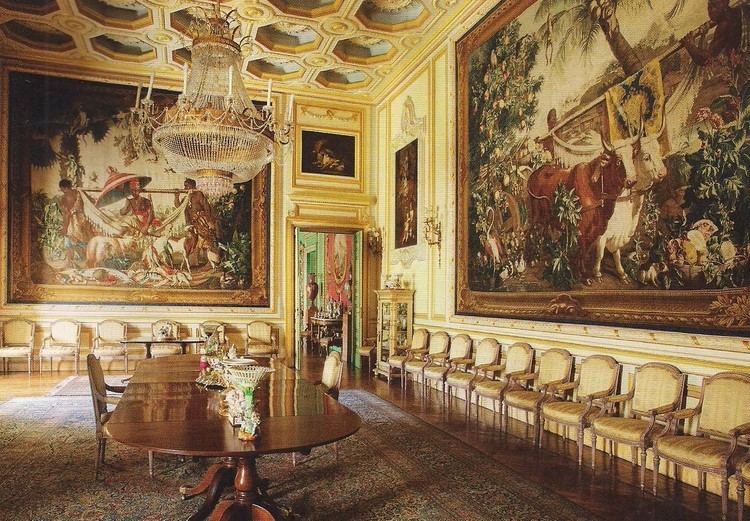Opened 1770 | Criteria Monument | |
 | ||
Similar Palacio de las Dueñas, Palacio de Liria, Cuartel del Conde‑Duque, Puerta de Alcalá, Museum Cerralbo | ||
Daniella on design liria palace furniture by armand albert rateau auctioned at christie s
The Liria Palace (Spanish: Palacio de Liria) is a neoclassical palace in Madrid, Spain. It is the Madrid residence of the Dukes of Alba.
Contents
- Daniella on design liria palace furniture by armand albert rateau auctioned at christie s
- History
- Art collection
- Exhibitions
- References

History

Built around 1770 to a design by the architect Ventura Rodríguez, it was commissioned by James Fitz-James Stuart, 3rd Duke of Berwick, who was also the 3rd Duke of Liria (hence the name of the palace). In the early 19th century it passed to the inheritance of the House of Alba. Eugénie de Montijo, last empress consort of the French, died here in exile in 1920.

All but the facades were destroyed during the Spanish Civil War. It was subsequently rebuilt by Jacobo Fitz-James Stuart, 17th Duke of Alba and his daughter Cayetana Fitz-James Stuart, 18th Duchess of Alba who was head of the House of Alba from 1955 to 2014. The British architect Edwin Lutyens provided some designs for the interior, and the reconstruction, although it took place after his death, used his plans.

Although the 18th Duchess of Alba's official residence was the Liria Palace, in later life she preferred the Palacio de las Dueñas in Seville where she died. Her son and heir Carlos Fitz-James Stuart, 14th Duke of Huéscar resided at the Liria Palace.
Art collection

The building is protected under Spanish heritage law as a listed monument, and some of the moveable art works it contains are also protected as Properties of Cultural Interest.
The palace contains a remarkable private collection of European art. The collection includes:

Exhibitions
Usually, it is necessary to apply to visit the Liria Palace to see its art collection. Some works were put on exhibition at the Cibeles Palace in Madrid in 2012. From September 2015 to January 2016 there is an exhibition of works belonging to the House of Alba, including items from the Liria Palace, in the Meadows Museum, Dallas. Another exhibition, titled Treasures from the House of Alba: 500 Years of Art and Collecting and containing over 130 items, is being held at the Frist Center for the Visual Arts in Nashville, TN from February 5 to May 1, 2016.
